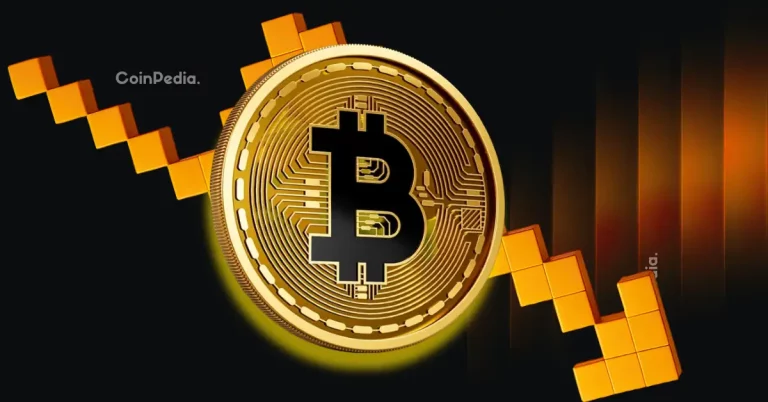
Dunamu and Naver Financial’s Merger: What You Need to Know
In a groundbreaking move for the financial and blockchain ecosystems, Dunamu—the operator of South Korea’s largest cryptocurrency exchange, Upbit—and Naver Financial, a leading payments platform, are poised to merge. The combined entity is projected to be worth approximately $13.8 billion (20 trillion won), positioning itself as a formidable power in digital finance.
The companies are gearing up for separate board meetings to approve the merger on Wednesday, followed by a joint announcement on Thursday to outline the details of their comprehensive stock swap deal. Analysts predict that this merger will establish a direct path for the combined entity to pursue a Nasdaq IPO, potentially securing a $34.5 billion (50 trillion won) valuation.
Why This Merger Matters
This merger comes at a critical juncture when South Korean regulators are drafting new rules to legalize and standardize digital assets, including stablecoins. Both Dunamu and Naver Financial are betting on stablecoin innovation to expand their reach globally. Dunamu recently introduced GIWA, a custom Ethereum Layer-2 blockchain tailored for stablecoins and digital payments, with Naver Pay anticipated to play a pivotal role as an issuer for a won-backed stablecoin.
Such a collaboration will not only drive blockchain adoption in everyday transactions but also merge Upbit’s dominant crypto exchange infrastructure with Naver Pay’s extensive payment network, creating unmatched industry synergy. According to Peter Chung, Director of Research at Presto Research, “The merger is a strategic move to leverage both companies’ strengths and achieve dominance in crypto-backed stablecoin ecosystems.”
Merger Details and Leadership Restructuring
Under the merger terms, Dunamu shareholders will exchange their shares for Naver Financial stock at a 1:3.3-3.4 ratio. Consequently, Dunamu’s chairman and vice chairman will become the largest shareholders in the new entity, holding nearly 30% ownership. Despite the adjustment, Naver’s influence won’t retreat entirely, as Dunamu has agreed to allocate more than half of its voting rights to Naver to mitigate monopoly concerns.
Despite regulatory hurdles that still require clearance from the Financial Services Commission and Fair Trade Commission, experts believe the path forward will likely pave the way for Korea’s flourishing stablecoin market. Stablecoins have immense potential to merge fintech and blockchain technologies, setting a benchmark for innovation in Asia.
Challenges Ahead
Not all is smooth sailing. Dunamu’s recent penalty of $24.3 million for non-compliance with customer identification rules highlights the risks associated with such large-scale operations. In addition, other local crypto exchanges are subject to tighter scrutiny, ensuring compliance with evolving laws around digital assets.
Market sentiment may still be skeptical, as noted by predictions on Myriad, where users place just a 12.3% chance of stablecoin markets surpassing $360 billion in circulation before next February. However, this skepticism might be overshadowed by the strategic synergy and innovation expected from the merged entity.
A Recommendation for Investors and Enthusiasts
As blockchain continues to revolutionize industries, integrating crypto into everyday payments is no longer a futuristic idea but a reality shaped by players like Dunamu and Naver Financial. If you’re intrigued by the potential of digital finance ecosystems, explore GIWA blockchain’s use for scalable crypto transactions. For added security in managing your assets, consider the Ledger Nano X Crypto Wallet, a reliable choice for safe crypto management.
Final Thoughts
The Dunamu-Naver Financial merger isn’t just another corporate deal; it’s a potential pivot point for the crypto and digital payments industries. As the merger unfolds, watch how it sets a precedent for collaboration between traditional payment platforms and innovative blockchain technology. With the right regulatory support, this could be the catalyst that propels stablecoins and blockchain adoption into global markets.



